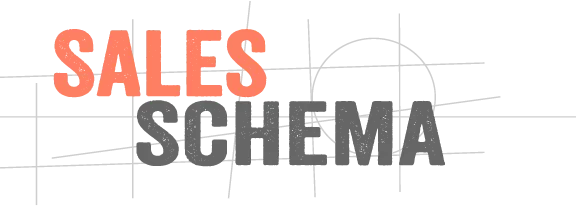The Outreach Collective.
For agencies and B2B service companies.
Implement our system for generating 2-5 more weekly appointments using relationship-driven outreach.
What holds agencies back...
From growth, building enterprise value, and achieving longterm goals.
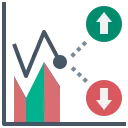
Over-reliance on referrals.
Which makes new business nerve-wracking and unpredictable.

Renting out lead generation.
Generating new biz is too important to outsource.
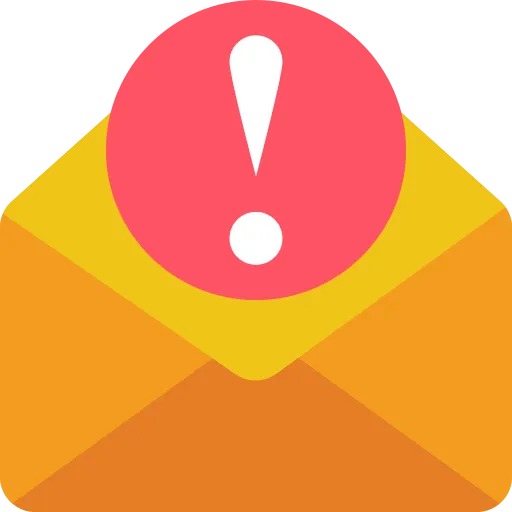
Mass outreach.
Fails to convert at best and alienates prospects at worst.
A training program to help your agency implement a repeatable, outreach-driven biz dev process.
So you can build a sturdy agency that can scale, get acquired, and secure great longterm clients.
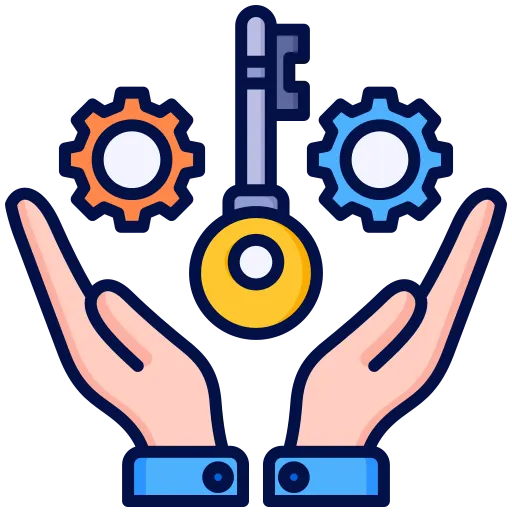
Own your biz dev process.
Instead of renting out a lead gen company.
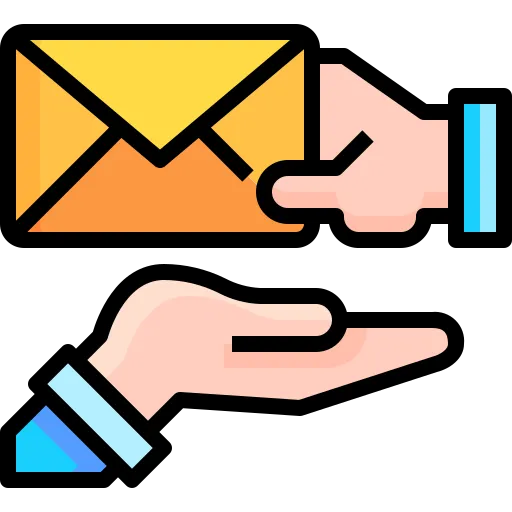
Build pipeline tastefully.
Instead of cold email, build prospect relationships through commonalities and targeted referrals.

Get a system you can manage.
Install a system that's perfect for a small and busy agency.
What agency owners say
"In less than six months Sales Schema has helped us generate dozens of solid prospects, one of which generated a six-figure account"
-Mark Scrivner, Snapshot
"The program put us in the driver’s seat.
We’re now getting a steady stream of opportunities on a weekly basis."
-Rick Romot, PH3
"Sales Schema gave us the basics to build our business development program without all of the fluff."
-Laura Summa, KLM
If you are looking to build an outbound system at your agency or B2B service company, then I’d recommend Sales Schema.
-Lindsay Sutula, Top Fox Marketing
The Process
1. Build and Launch

Set up outreach tools.
Build data infrastructure.
Craft copy and launch campaigns
2. Engage
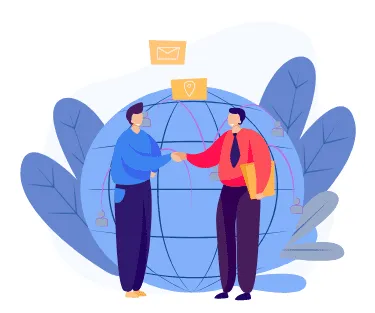
Advanced commonality campaigns
Launch Referral Engine.
Fine-tune meeting flow
3. Optimize
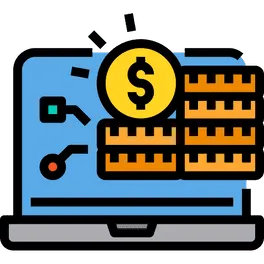
Optimize messaging.
Expand outreach volume.
Optimize
meeting rates.
The Help.
Outreach copy editing.
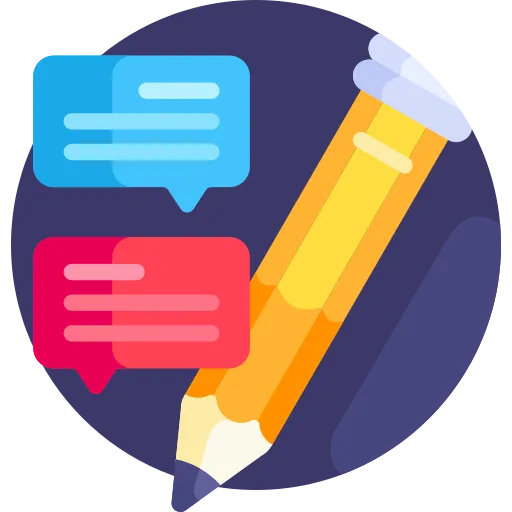
Get customized editing and coaching on your campaigns before you launch so you can get the best possible results.
Community of agency leaders.

Join a tight-knit community of owners working together of build reliable new business systems.
Group office hours weekly.
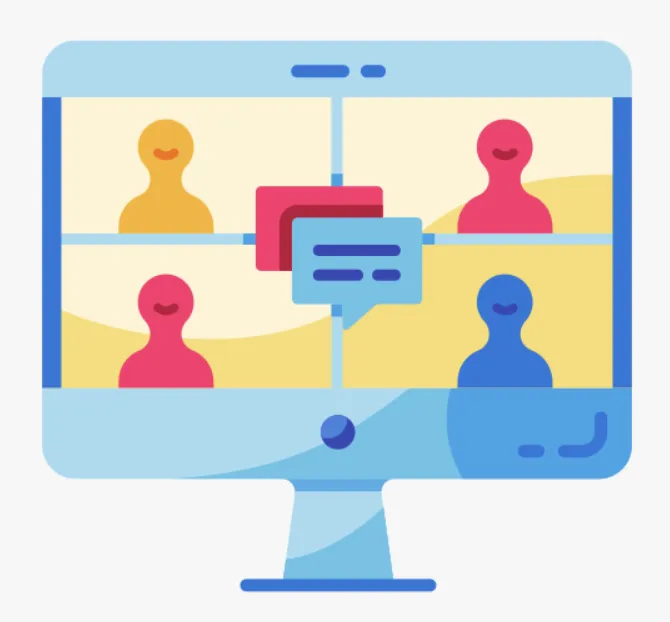
Get the rising tide effect by collaborating with other like minded owners and biz dev professionals.
Outreach tech consulting.
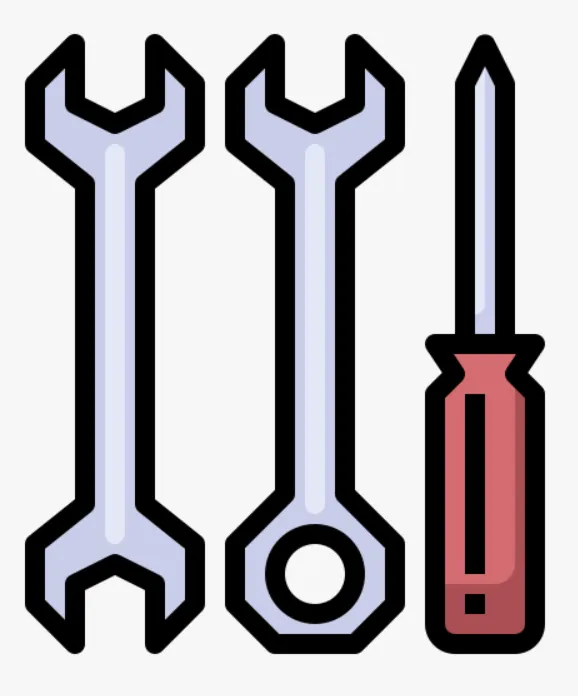
We will hand-hold you through implementing the right in-class tools for your agency.
Access for your team.
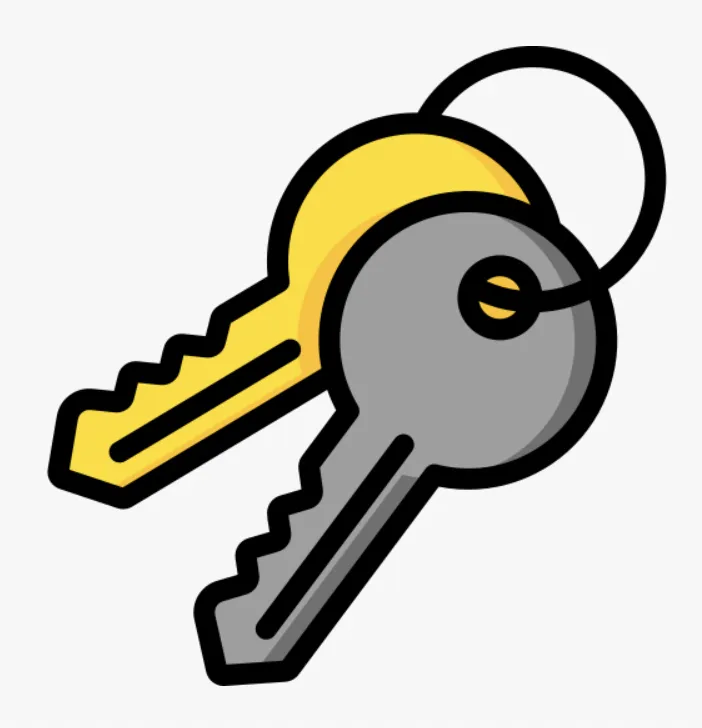
So you can get the right support and scale the outreach process (up to three participants).
Step-by-step curriculum.
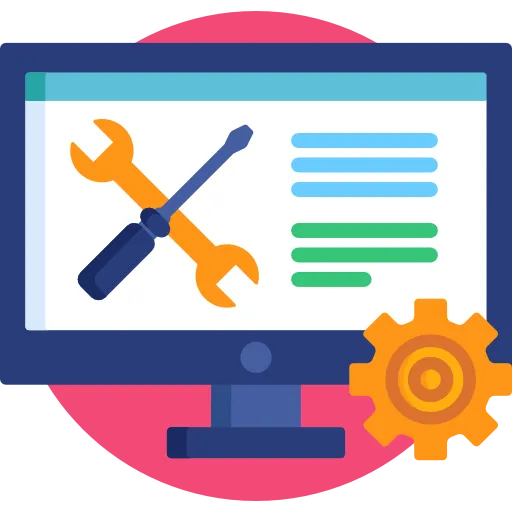
Including dozens of playbooks, copy templates, and case studies so you can implement our system efficiently.
More results

"Sales Schema set up our outbound function and ran it to drive repeated meetings at the CMO and CEO level."
- Morgan McClintic, Firebrand

"I got a ton out of Sales Schema’s program because it was organized in a way that allowed my team and I to see the big picture and snap everything into place."
- Adam Benjamin, Starke Marketing

"After going through Sales Schema’s program, our team was able to drive a number of high-value opportunities using targeted outreach, but more importantly, their mindset about sales completely changed."
-Ethan McCarty, Integral
Case study: How Integral empowered their sales team.
Case study: How Firebrand built pipeline using compelling commonalities.
Case study: generating deal flow using geo connections.
Case study: installing the right system to support a salesperson.
Responses from prospects

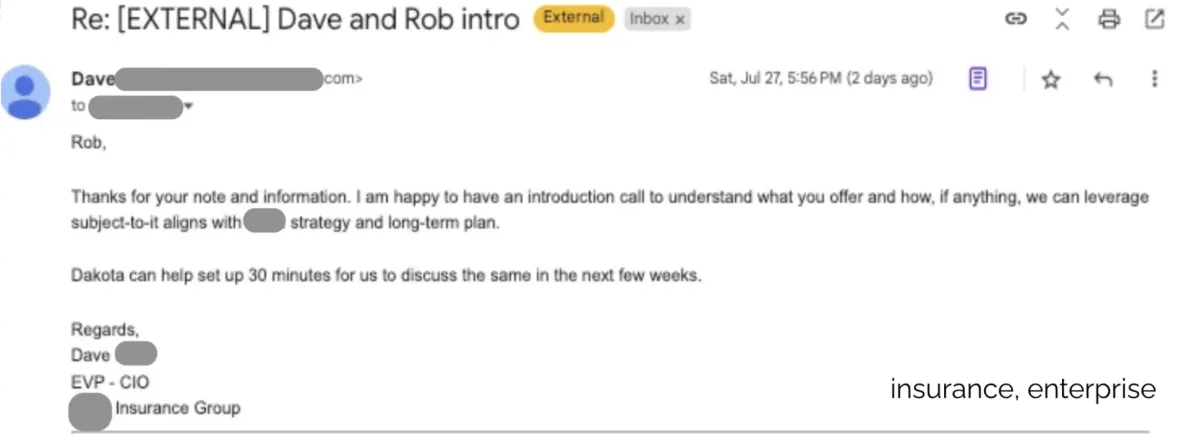
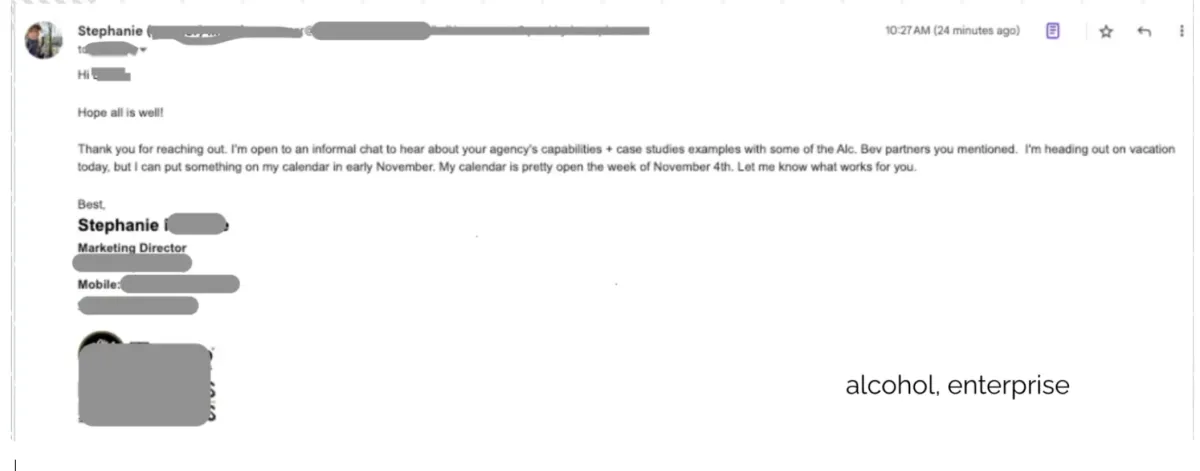
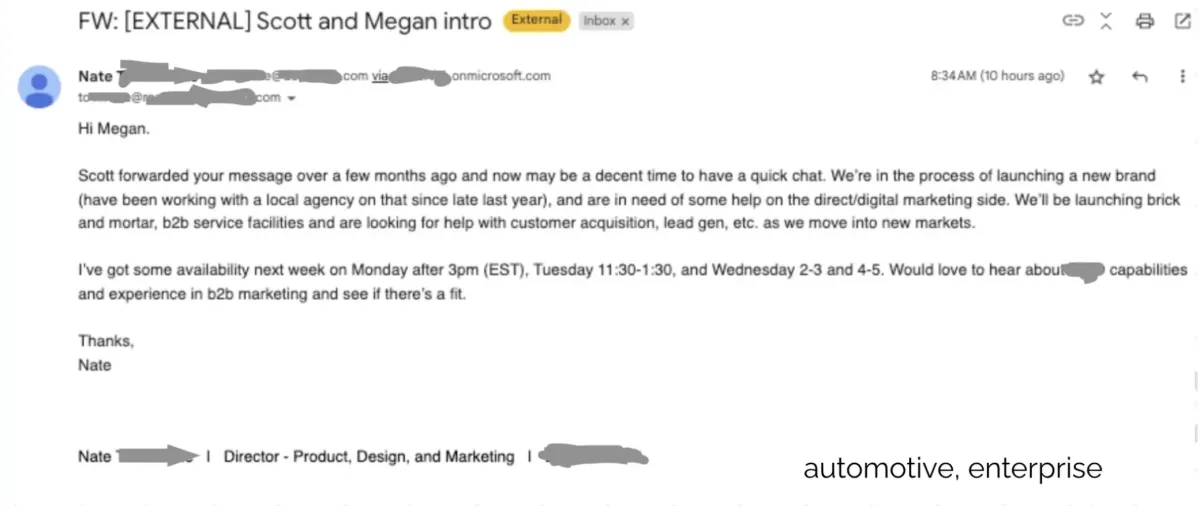
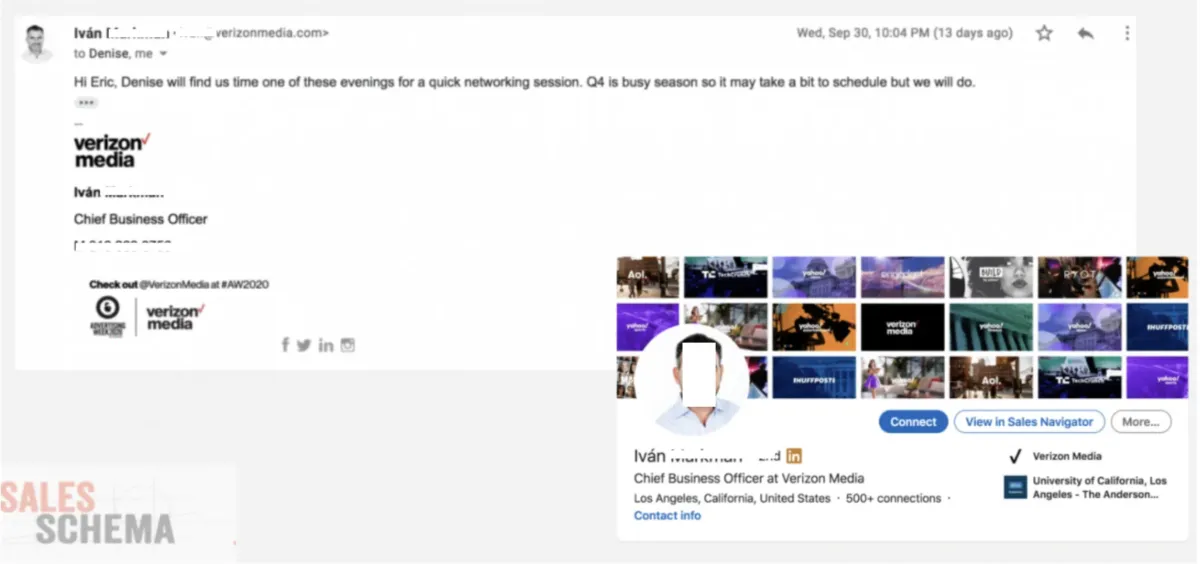
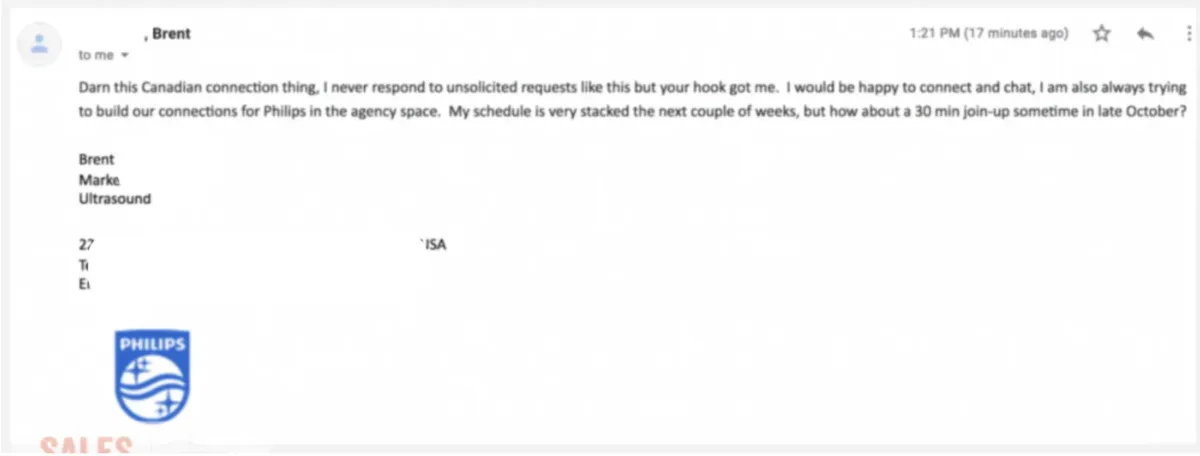
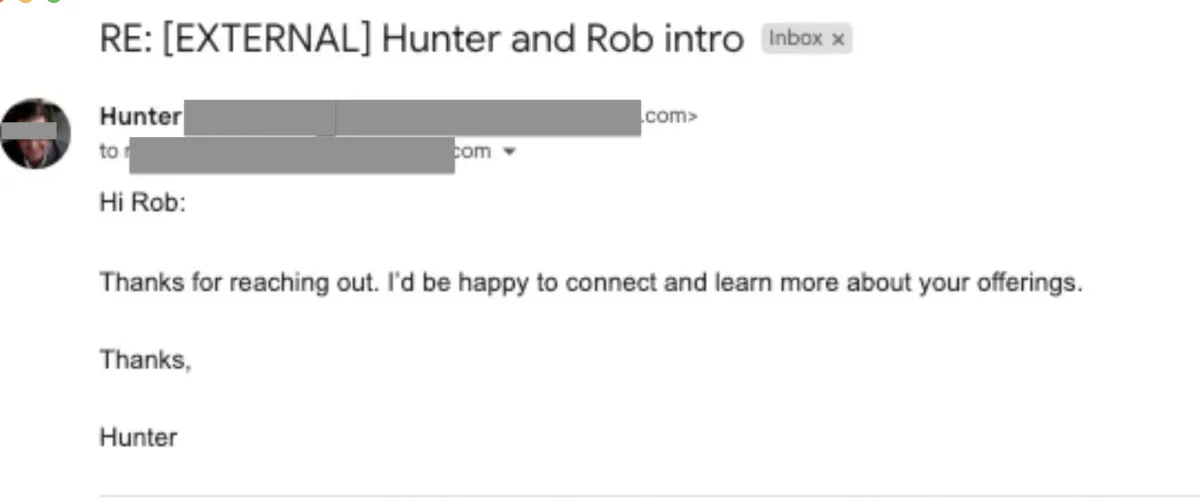
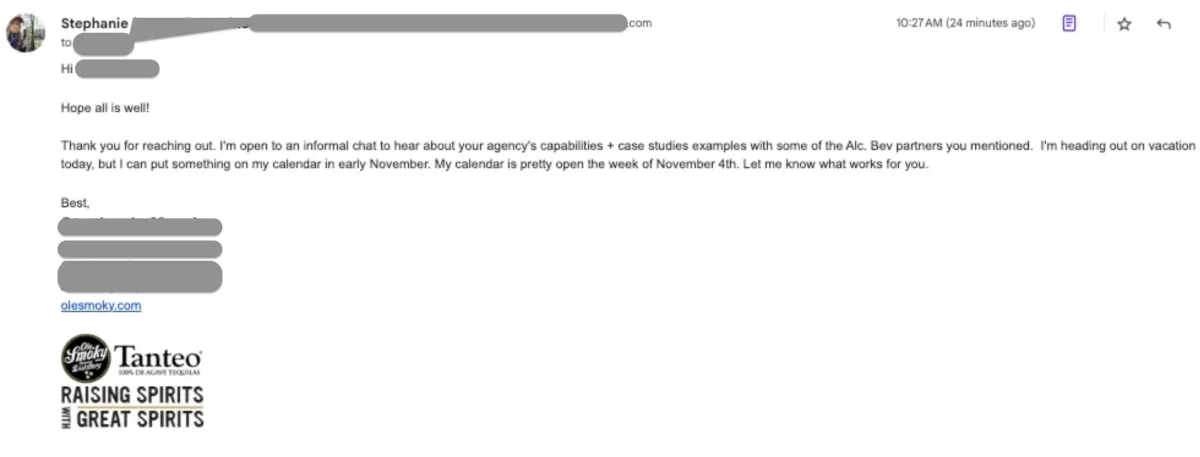
Hi, I'm Dan.
I'm the CEO and Founder of Sales Schema, a training and coaching company that helps agencies and B2B service companies implement reliable business development systems via targeted outreach. Since 2014, Sales Schema has worked with more than 120 firms to secure thousands of meetings and millions in lifetime revenue.
I'm the author of Relationship Sales at Scale, The B2B Sales Blueprint, and Mastering Account Management. My background is in the agency space, first working as an account coordinator at DXagency during the boom days of social media marketing, and later leading business development at the creative services firm IdeaRocket.
I live in New York City with his wife Sarah, son Adrian, and a mutt named Crackle who resembles Santa’s Little Helper from The Simpsons. In my spare time I enjoy injuring myself via Brazilian Jiu-Jitsu.

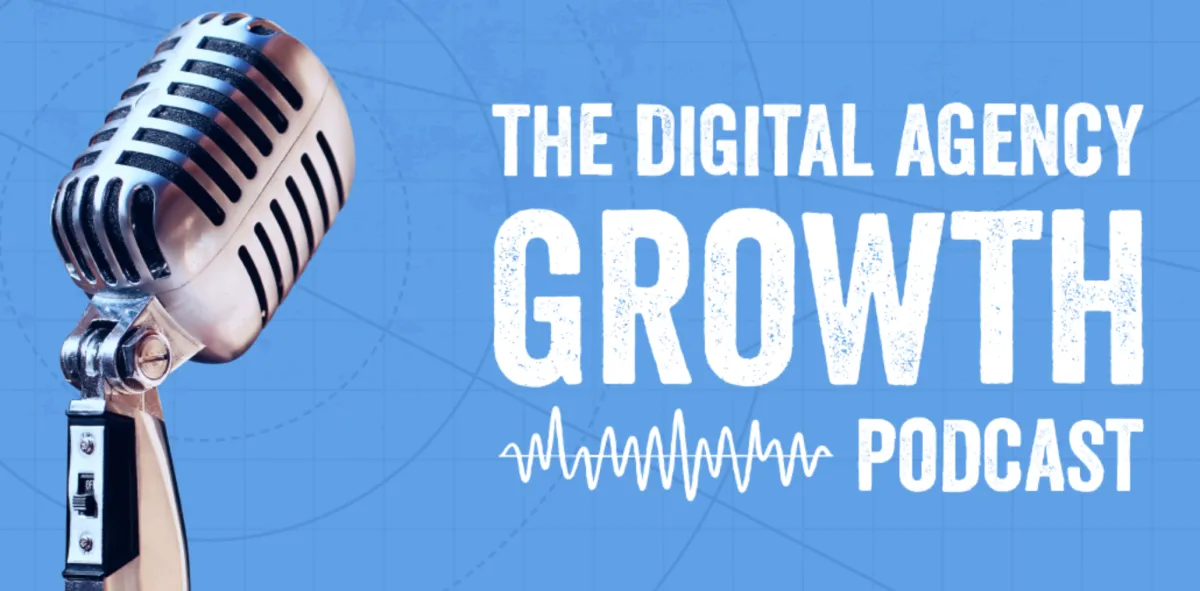
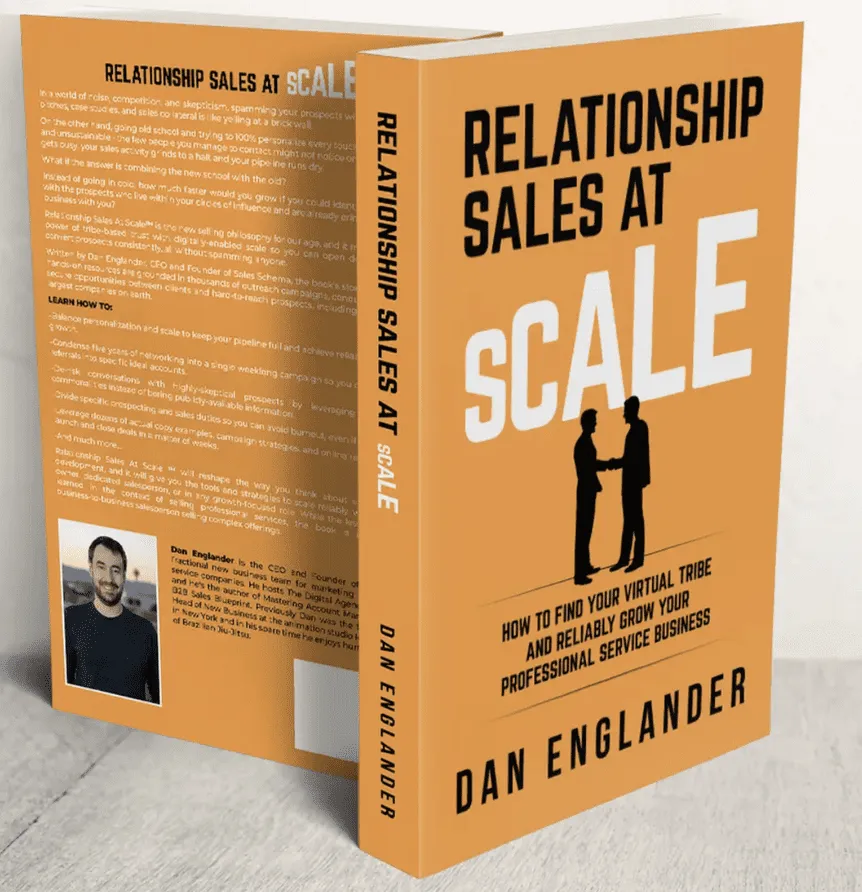
Frequently Asked Questions
What makes this different?
The Sales Schema methodology is grounded in experience running thousands of outreach campaigns since 2014 for agencies and B2B service companies selling ‘upmarket’ engagements to brands.
Why our methodology works:
Trust via commonality-driven outreach.
Instead of going in cold like most do, through proprietary research practices, we identify and engage those who share business and personal commonalities, and are likely to trust our clients.
Right tech and process.
We give agency teams the right tools and equip them to gain market clarity through step-by-step list building and messaging.
Accountability.
The program will ensure you and your team execute on building, launching, optimizing, and scaling campaigns.
How much time will this take?
Most organizations average 5-10 collective weekly team hours during the ‘Build’ phase (ie. the first 30-90 days). After this, most participants reduce the work to 1-5 hours per week.
Should we invest in training or “done for you” lead gen?
Pros and cons of each:
DONE FOR YOU:
Pros:
Lower short-term time investment.
Cons:
- High monetary investment
Getting leads B2B services = solving a hard problem.
This requires hiring a smart team and and it takes time. Budget for six-figures annually without any promise of ROI.
- No ownership or institutional knowledge.
Repeatable lead gen is the thing that creates oxygen in the business. So we think it’s pretty important to build and own the right systems instead of renting them from and outside company.
- Lower results in medium-to-long term.
An outsourced company, even if they’re talented, doesn’t understand the day-to-day of your agency like you do. This makes it hard for them to create dynamic and effective campaigns. While outside perspectives are great, in our experience, the cons outweigh pros.
TRAINING:
Spoiler alert: the pros and cons are the reverse of the above ;)
Pros:
- Lower monetary investment
Since you won’t have to pay for a dedicated, external team of smart people.
- Ownership and institutional knowledge.
Instead of renting out a blackbox, make your organization stronger and build equity value through repeatable systems that you own forever. And you will still benefit from outsider knowledge and ongoing support.
- Greater results in medium-to-long term.
Since you have your finger on the pulse, you will launch campaigns more quickly and more effectively than an outsider will, and ultimately generate more and better prospect opportunities.
Cons:
Higher time investment in the short-term.
Who should I assign to this?
The ideal team is 1-2 stakeholders and there are at least a couple ways to make this work:
Some owners and other biz dev leaders choose to run the program solo, and they budget 5-10 hours weekly during the Build phase. Later they may get help from other stakeholders.
Others choose to start with a part-time assistant, who can handle some of the more time consuming data work and other tasks. This assistant can come from a variety of backgrounds ie. client service, sales, or ops.
Can I enter the program at any time?
Yes, teams enter the training at different times and move at their own pace (ie. this is NOT a cohort model).
That said, we do schedule onboarding weeks and kick-off calls on certain dates, and other organizations may join for these kickoffs. In addition, based on our team’s capacity we typically cap enrollment.
Will my competitors be in the group?
Maybe.
Since specialization is important, direct competition is uncommon but it happens. Given the amount of opportunity out there, we believe that there is much more to be gained than lost when like-minded agencies collaborate. That said, if being around competitors is a dealbreaker for you, let us know as this might not be a fit (or we can discuss 1:1 coaching at a higher investment).
